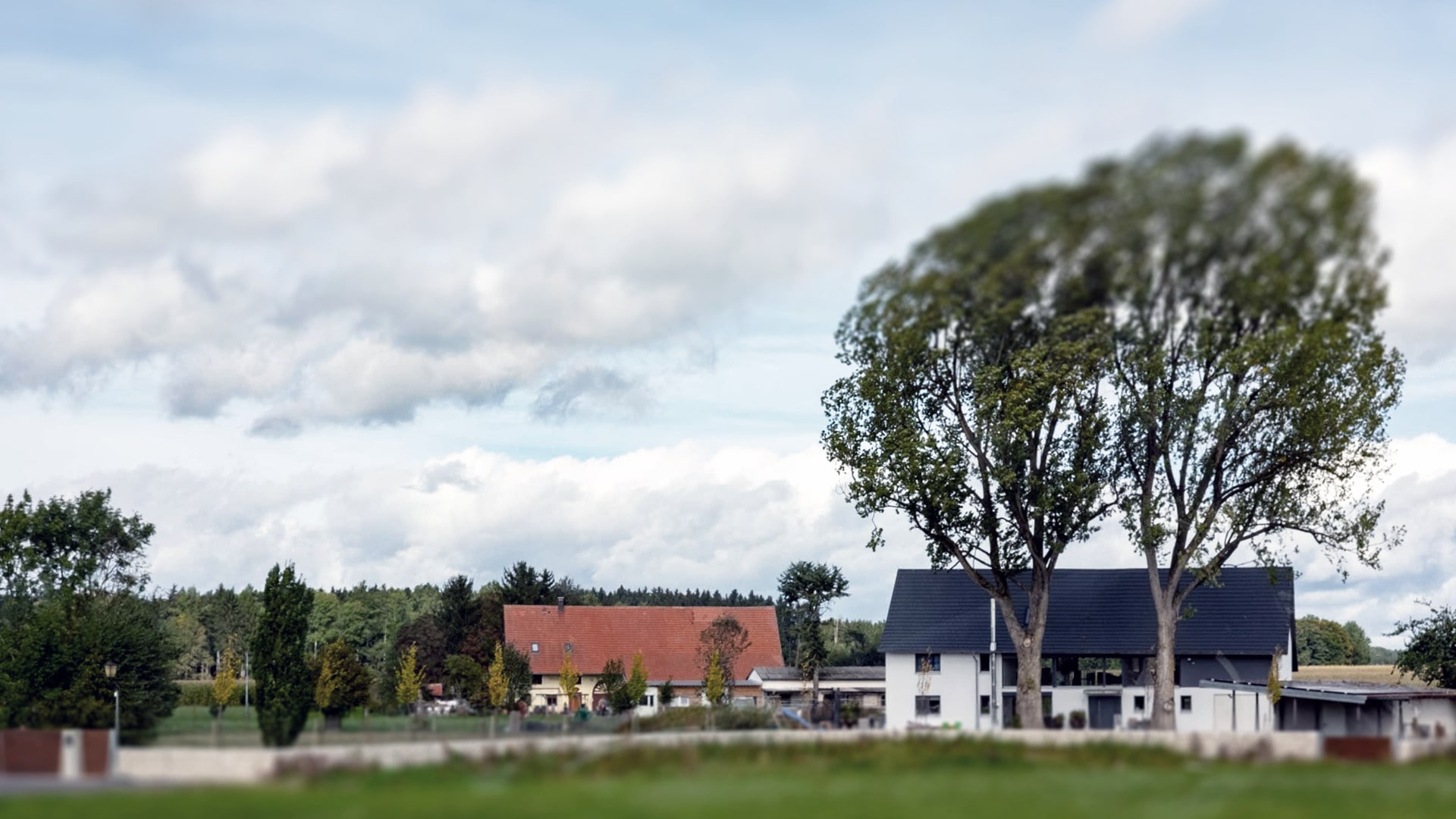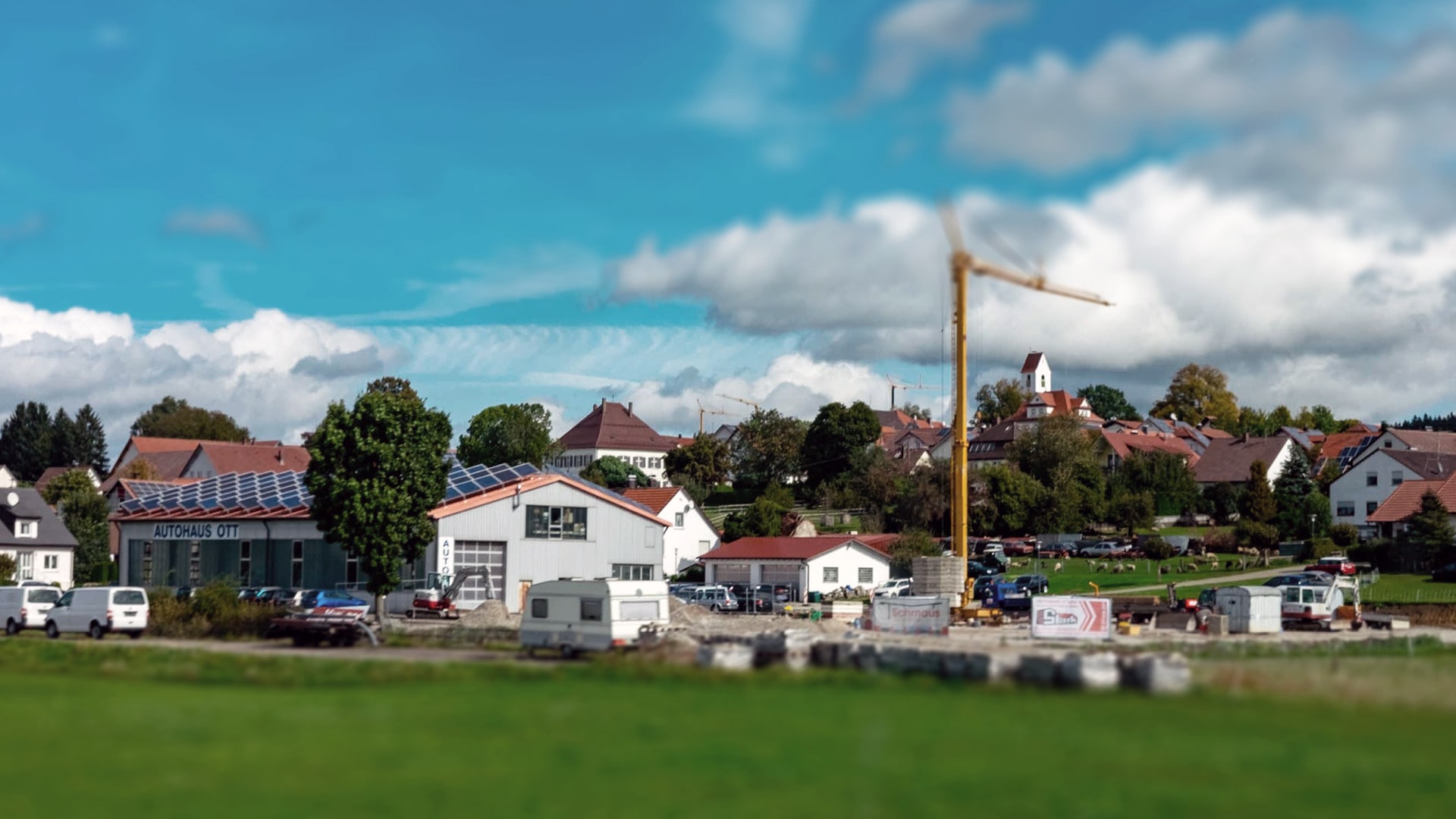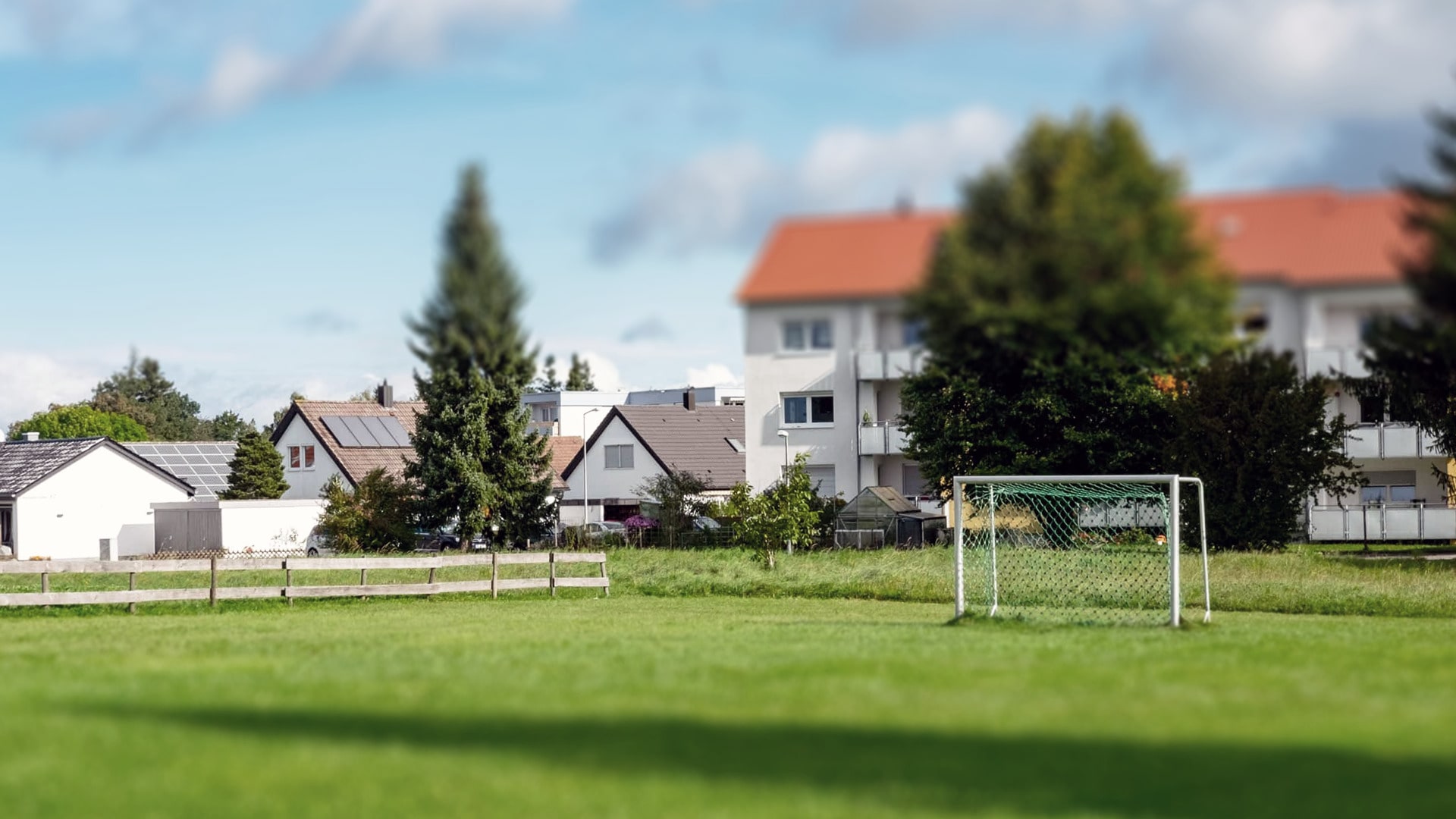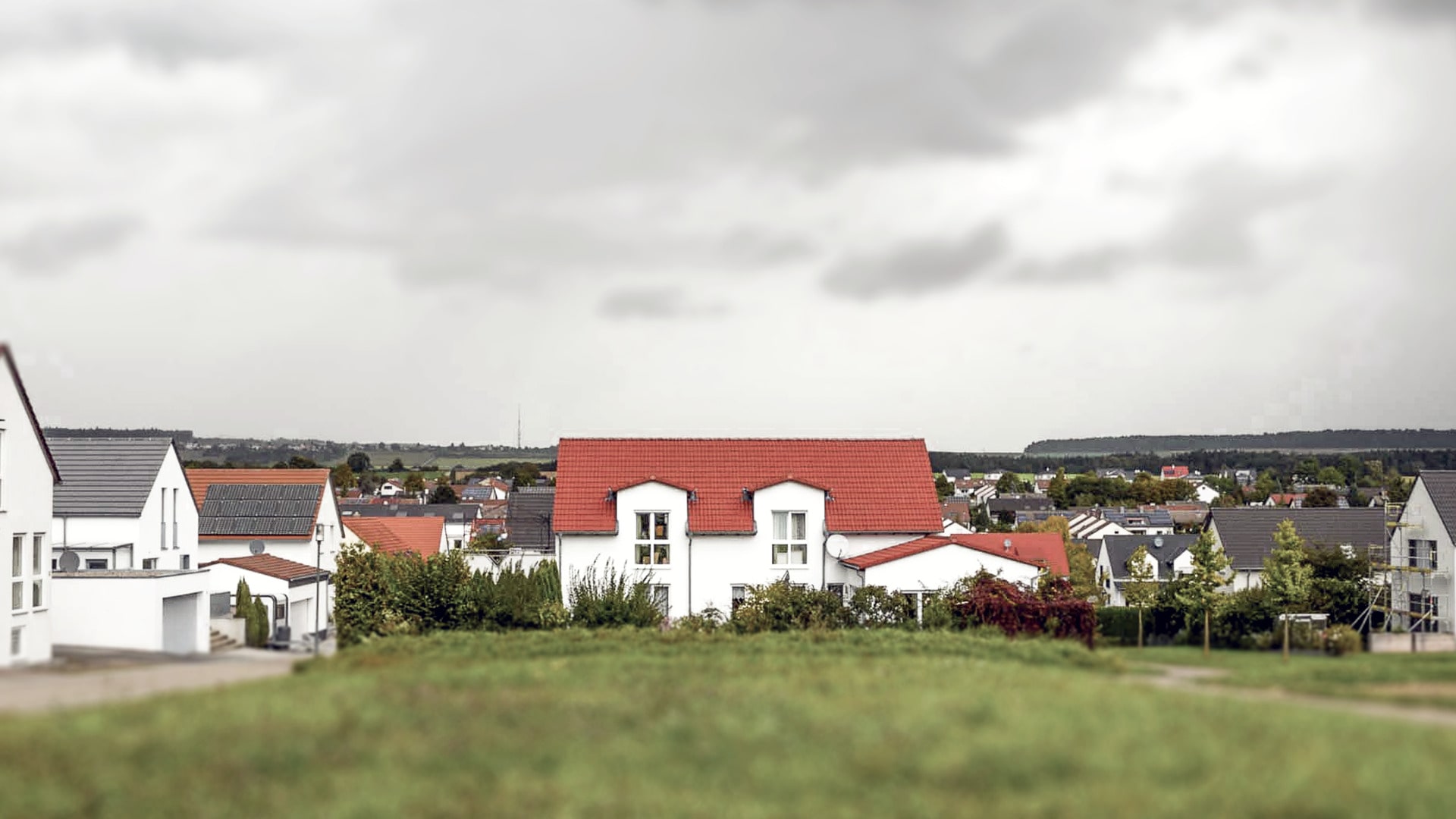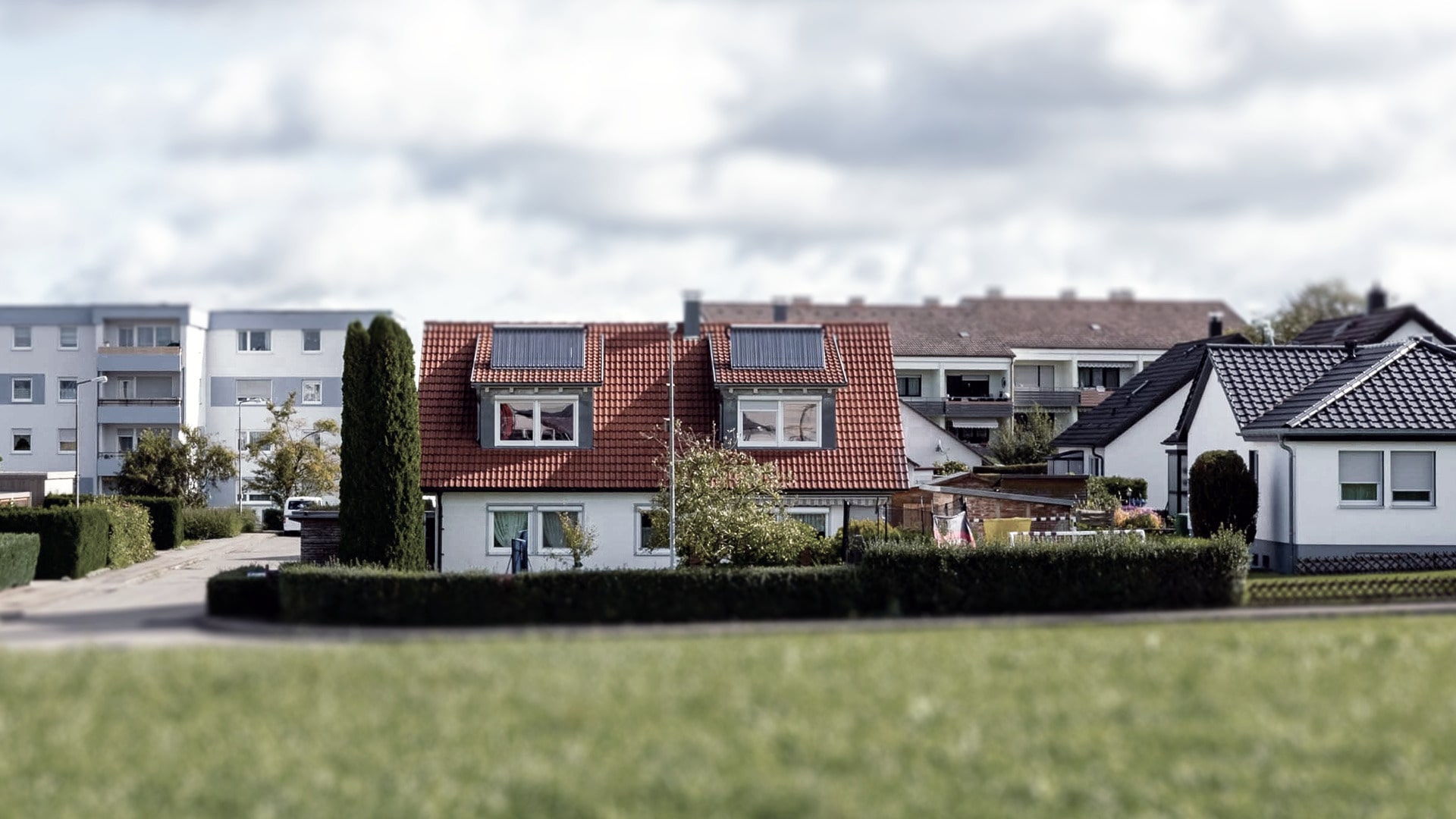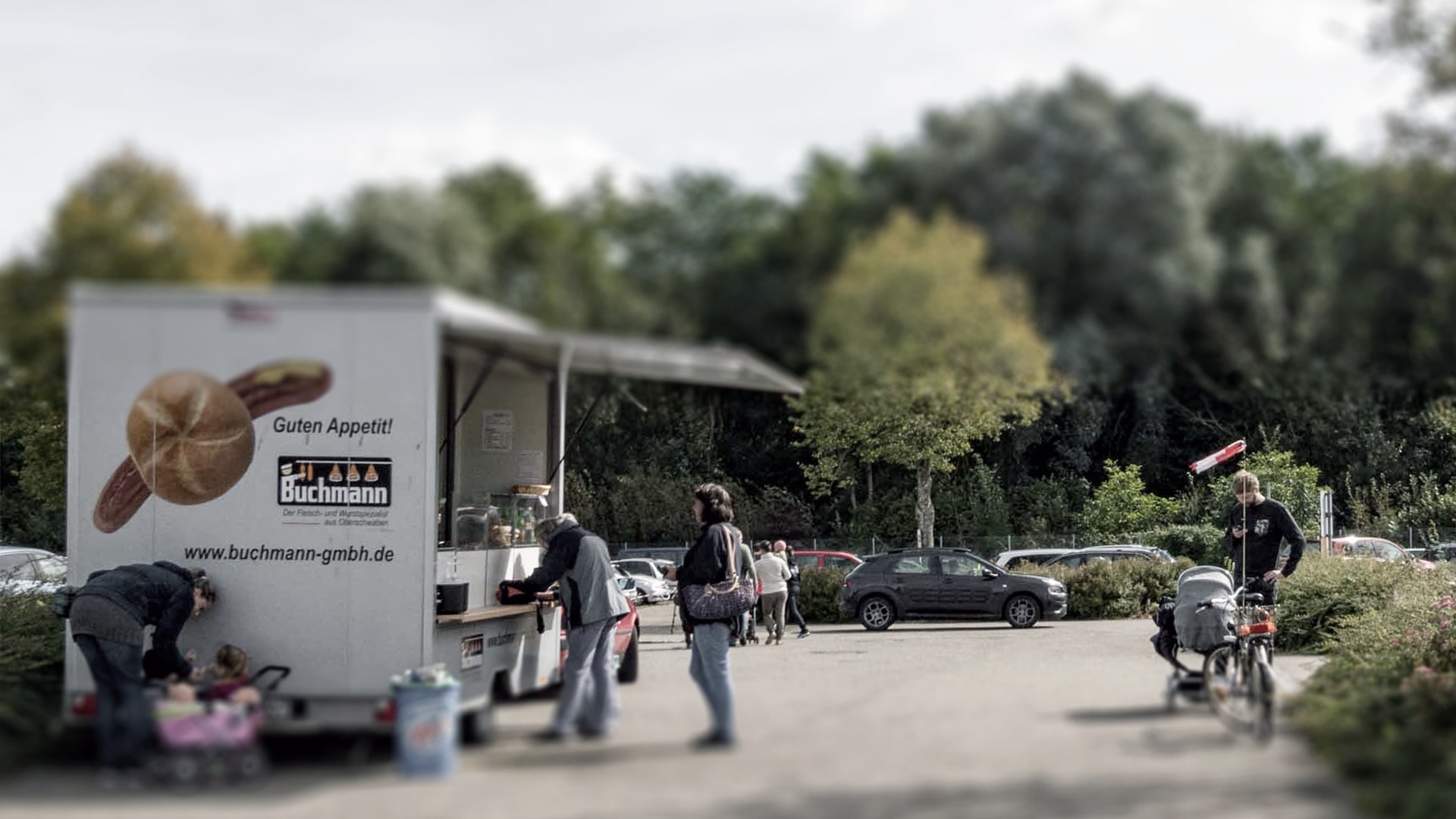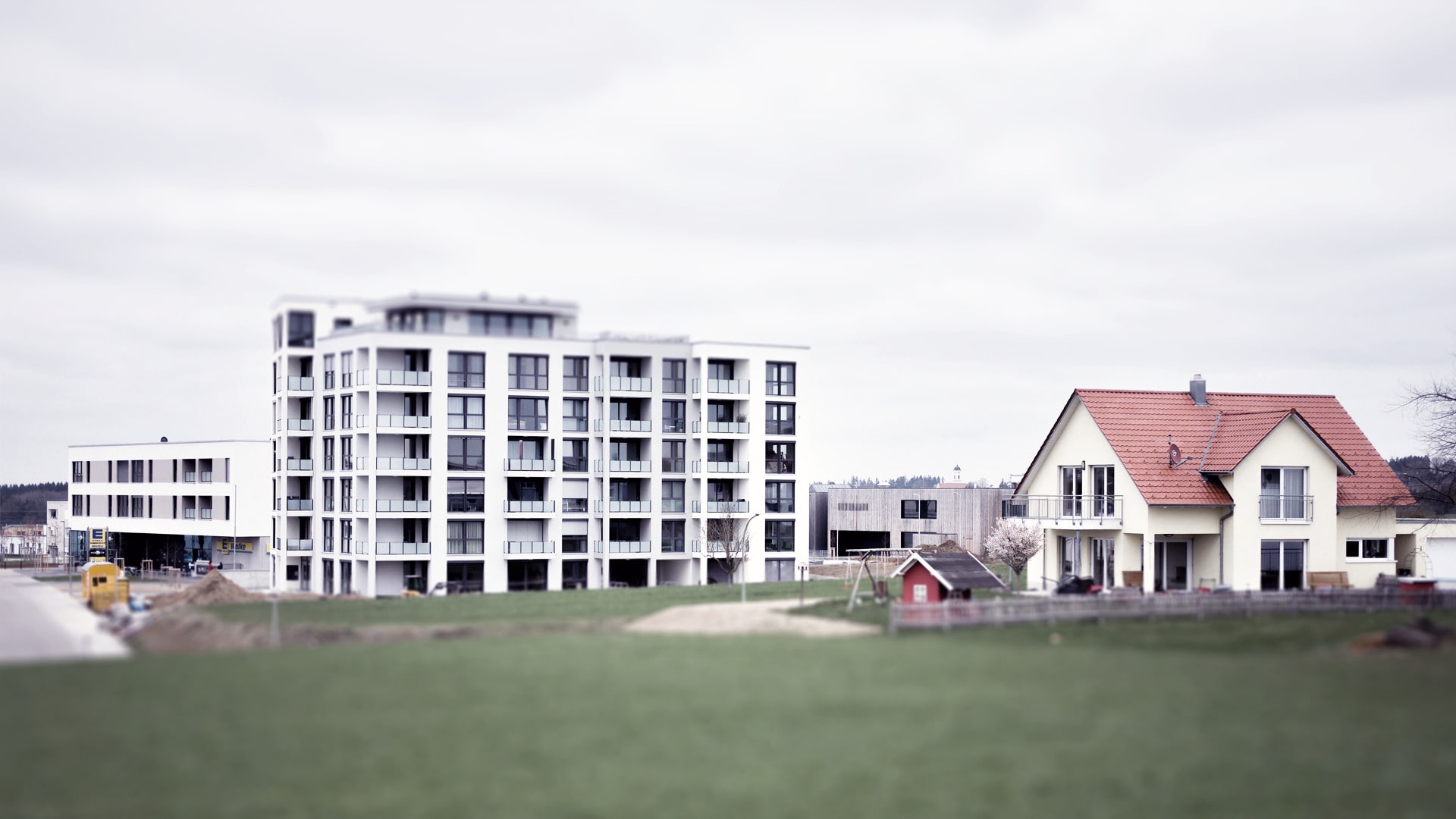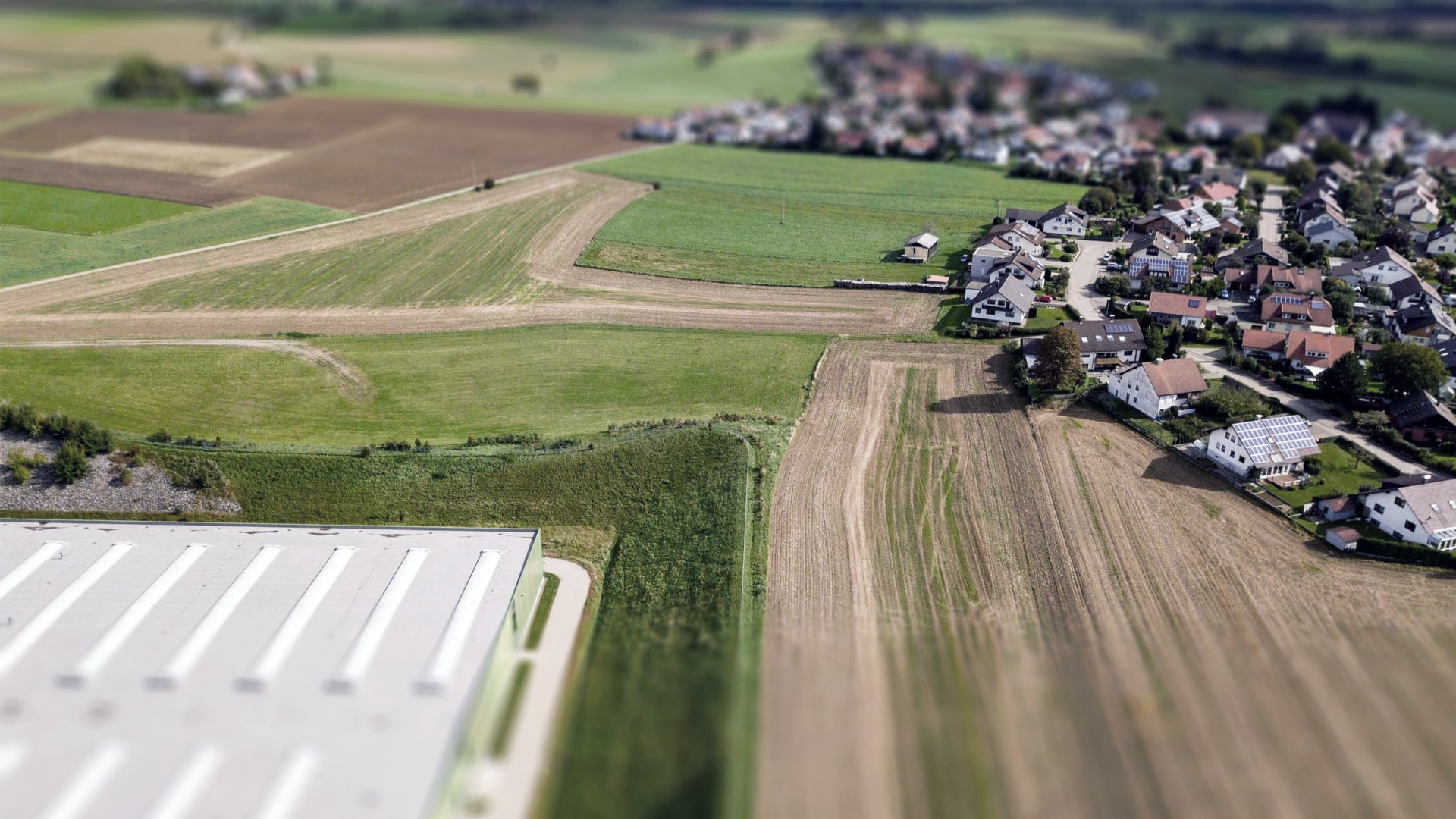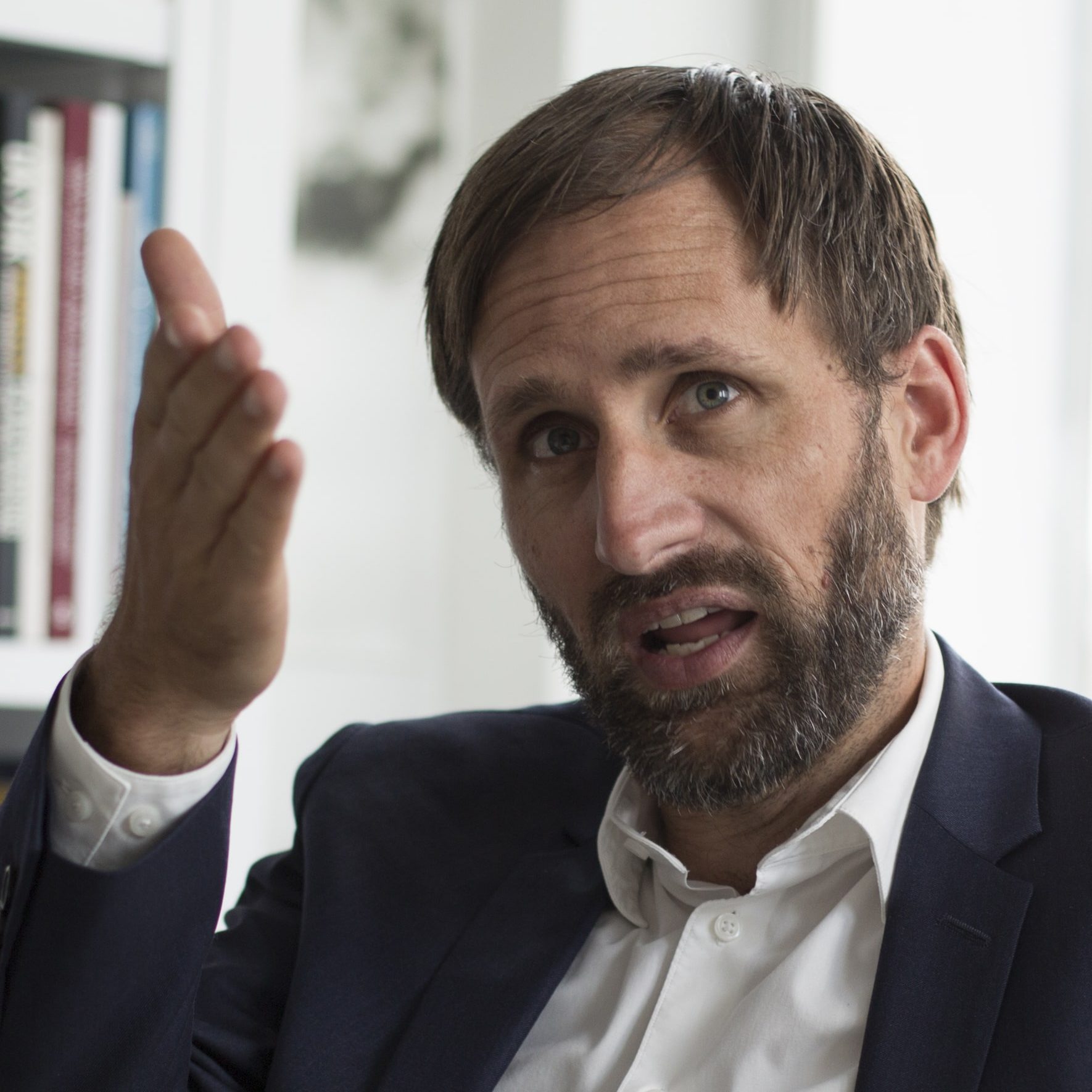From transport in crisis to embracing urban access
As much as the current pandemic is having a great impact on our lives, any reflection on global crises for the foreseeable future will have to first consider the climate emergency. As the UK Government’s former chief scientific advisor David King put it in 2019, “The next decade will determine the future of humans on this planet for 10,000 years”. This is particularly the case for the transport sector, which is increasingly considered the ‘make or break’ sector for the maintenance of a safe planet. Up to the point of pandemic-related emergency restrictions put in place by governments across the world, transport-related emissions were not only stubbornly high – with a share of 23 per cent of the total emissions globally – but in several developed countries had started to rise again. Emissions are growing more rapidly in the transport sector than in any other, and are projected to almost double by 2050 under a business-as-usual scenario (i). In most US cities, for example, carbon emissions from road transport have increased since 2014, mainly as a result of the increasing popularity of sport utility vehicles (SUVs) and other heavier, over-powered, carbon-intensive cars (ii). Adding to this already overwhelming crisis of transport and mobility are its many other negative externalities, which are broadly related to the vast transport-intensity of our economies and the car-oriented logic of overcoming spatial friction. Globally, 1.35 million deaths are recorded per year due to traffic accidents – the leading cause of death for children and young adults aged 5 to 29 years (iii). To a considerable extent, transport is responsible for about 4.2 million premature deaths annually due to air pollution (iv). In addition, physical inactivity due to motorised transport is causing heart disease at unprecedented levels and the effect of heavy road transport severely compromises the social life of cities, as well as community cohesion (v). From an urban and spatial perspective, the most significant problem of car-oriented mobility is its consumption of space: Considering average occupancy levels, moving with a privately owned vehicle at 50 km/h, easily requires 160 square metres per person of infrastructure space. As a result, we are heavily underutilising our road infrastructure, which at least in the case of scarce urban land becomes increasingly hard to justify. Even in the wealthiest of countries, only a tiny group of extremely privileged people may have similar levels of living space per person. Rather astonishingly, traditional transport policy has long tolerated such an appropriation of land, including hyper-urban areas that have premium land values. Additionally, this often leads to traffic congestion, further reducing economic opportunities, the quality of life and environmental health. The underutilizing of scarce resources linked to car-centric mobility does not stop here, either. Individual vehicles are unused 96 per cent of the time, wasting even more space. Only a very small amount of the energy used to move cars does in fact contribute to moving a person. Given these multiple crises, reconsidering the purpose of transport and acknowledging the provision of access as its ultimate aim is more important than ever. This brings us to settlement patterns and urban development. A fundamental urban paradigm is a better provision of access to other people, opportunities, goods, services and ideas. In fact, cities are themselves ‘transport solutions’ and this function makes urban development so important for economic development and social progress. As soon as effective urban access also translates to resource and energy efficiencies, cities and urban regions can play a unique role in achieving greater levels of prosperity that are also environmentally sustainable. Furthermore, access to opportunities remains unequally distributed, highlighting how important it is to think about how different groups are supported (or not) in accessing urban opportunities, and how this relates to wider debates about just transitions and sustainable development. To enable accessibility, the movement function of transport needs to be brought together with the location of opportunities. Ultimately, transport and land use must always go hand in hand, but there are real choices linked to the accessibility nexus.

